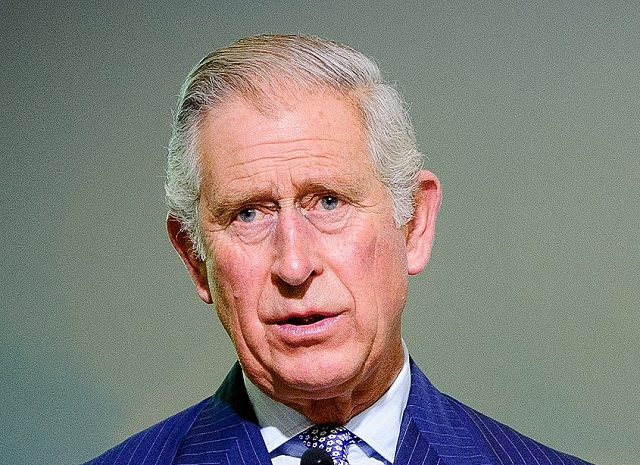Crown estate profits more than double in two years, fuelling massive sovereign payout for the king
King Charles is set to receive a staggering £132 million in official income next year, after the crown estate — which funds the monarchy in part — recorded a colossal £1.1 billion profit, fuelled largely by booming offshore wind revenues.
The crown estate’s profits, flat compared to last year but more than double the £442.6 million reported just two years ago, have surged thanks to a rapid expansion in the renewable energy sector. As legal owner of the seabed around England, Wales, and Northern Ireland, the estate auctions offshore wind development rights — a process that now commands huge option fees from energy firms eager to stake a claim.
The sovereign grant, which allocates a portion of crown estate profits to the royal family, currently stands at 12%, having been reduced from 25% in 2023 to avoid the monarchy receiving an unplanned windfall from the energy boom. Despite the reduction, King Charles will still receive the same annual amount as last year: £132 million.
Michael Stevens, the King’s Keeper of the Privy Purse, previously said that the increased sovereign income would be used to complete the £369 million renovation of Buckingham Palace. Once that’s complete, he added, the royal trustees intend to seek a “reduction in the absolute amount of the sovereign grant” during a 2026–27 review. This would require primary legislation, but the aim, Stevens said, is to ensure royal funding remains “at an appropriate level.”
Dan Labbad, chief executive of the crown estate, cautioned that the current profits represented a high point. “We expect this year to be the peak of these returns,” he said, calling the recent surge “a short-term phenomenon” likely to normalise in the coming years.
The crown estate’s total value dropped slightly to £15 billion this year from £15.5 billion, due to a £1 billion fall in its marine holdings. Still, its London property portfolio rose to £7.1 billion from £6.9 billion, with prime assets concentrated around Regent Street and St James’s, including historic properties like Victory House — home to Veeraswamy, London’s oldest Indian restaurant.
Embed from Getty ImagesIn an ambitious move to reshape parts of central London, the crown estate is redeveloping around 93,000 square metres of commercial property in a £490 million project. In partnership with Westminster city council, it plans to overhaul areas around Regent Street, Haymarket and Piccadilly Circus.
Beyond London, the estate is making big bets on residential development. In May, it announced a 50/50 joint venture with Lendlease, targeting up to 26,000 homes and 100,000 new jobs. Overall, the estate aims to deliver up to 56,000 homes across its landholdings, with planning already in motion for over 5,000.
But even royal wealth isn’t immune to criticism. A National Audit Office report last year found that while Buckingham Palace’s renovation was well managed, cost overruns caused by structural damage and asbestos — issues it said “could have been foreseen” — drove expenses higher.
The monarchy’s finances, particularly when tied to rising profits from public assets like the seabed, continue to attract scrutiny. While the offshore wind boom has helped modernise royal income, it also amplifies questions around the balance of profit, power and public interest.
